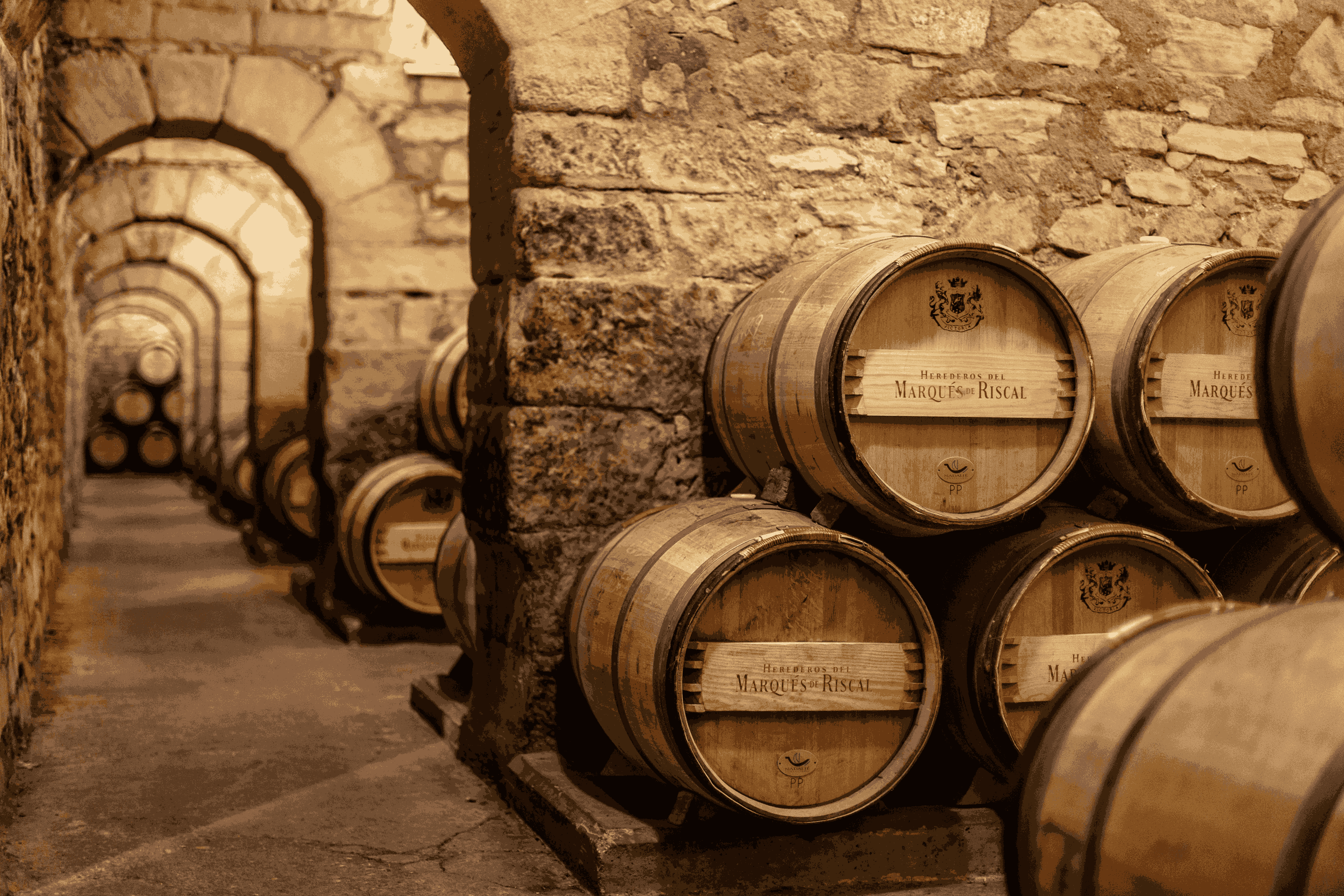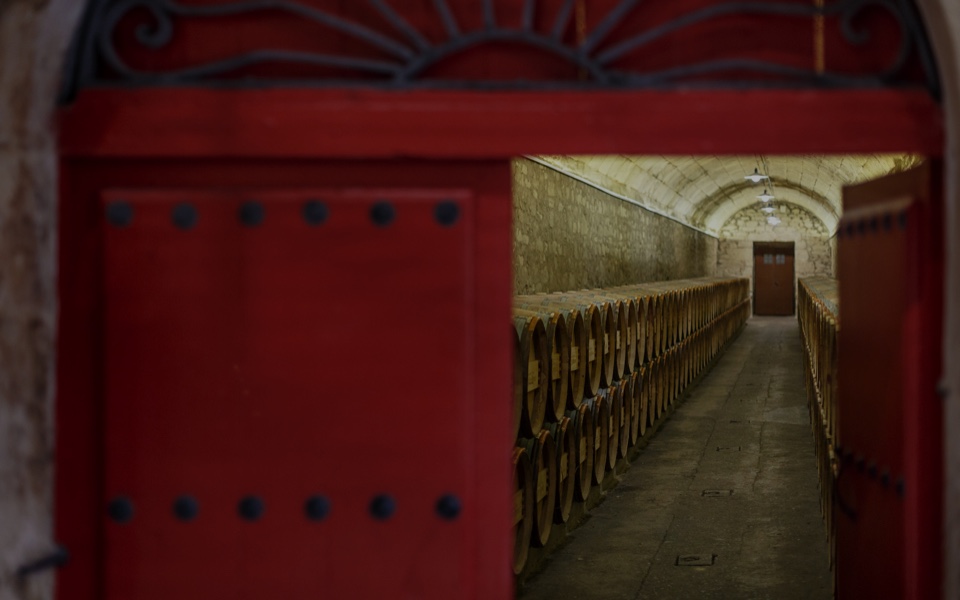The company has decided to stop using the iconic gold netting on the bottles of its Marqués de Riscal Reserva in order to take a further step forward in its commitment to sustainability. The bodega has taken this decision, after 150 years of use, as part of its firm commitment to protect the environment.
Marqués de Riscal Reserva is without doubt the company’s most international wine and the next vintage to be released – 2020 - will go on sale without the netting. This step will significantly reduce the auxiliary materials used on the bottle, thus reducing the waste generated, evaluated at approximately 14 thousand kilos of brass wire.
The elimination of the netting represents a big step in bringing the company closer to meeting its goals regarding the environment. For Marqués de Riscal this commitment to sustainability and the environment is of fundamental importance. All its estate-owned vineyards in Rueda have been certified as organically farmed since 2018 and in Rioja Alavesa it is the bodega with the largest number of hectares under ecological cultivation. In addition, Marqués de Riscal is seeking to be self-sufficient and has several photovoltaic panel installations in its Rioja winery, to promote a cleaner energy supply.
150 years of the netting
After being used for almost 150 years, what is now a purely decorative element, has become an iconic feature all over the world.
Marqués de Riscal started using the netting since its appearance on the market in the XIX century, the first Spanish wine producer to do so. Many years passed until it became popular in Rioja as the symbol of a wine for cellaring, later extending to other Spanish winemaking regions for their top of the range wines.
The era that saw its greatest success was in the Roaring Twenties when the netting became popular in the most successful hotels of Madrid, which were so fashionable at the time. Most of the bodegas sent their wine in barrels for selling in bulk or for bottling on arrival by the shippers and the restaurants who had the bottles filled.
There was an element of risk in this practice as, due to the success of sales, there was a tendency to fill the bottles with wine from other sources. The more prestigious hotels and businesses did not resort to such practices. The wineries, aware of this subterfuge, used netting with a wax seal to guarantee that the bottles were genuine and that they were not refilled. Marqués de Riscal always sent its wine from the winery bottled and with the netting.
This custom almost disappeared due to a shortage of materials as a result of the Second World War, although Marqués de Riscal never stopped using it. The use of the netting has for many years now been more an element of marketing or a reference to tradition than a guarantee of quality.
In its time, to use the netting was an innovation, today the innovation is not to use it. Marqués de Riscal created the tradition. Marqués de Riscal always at the forefront.








